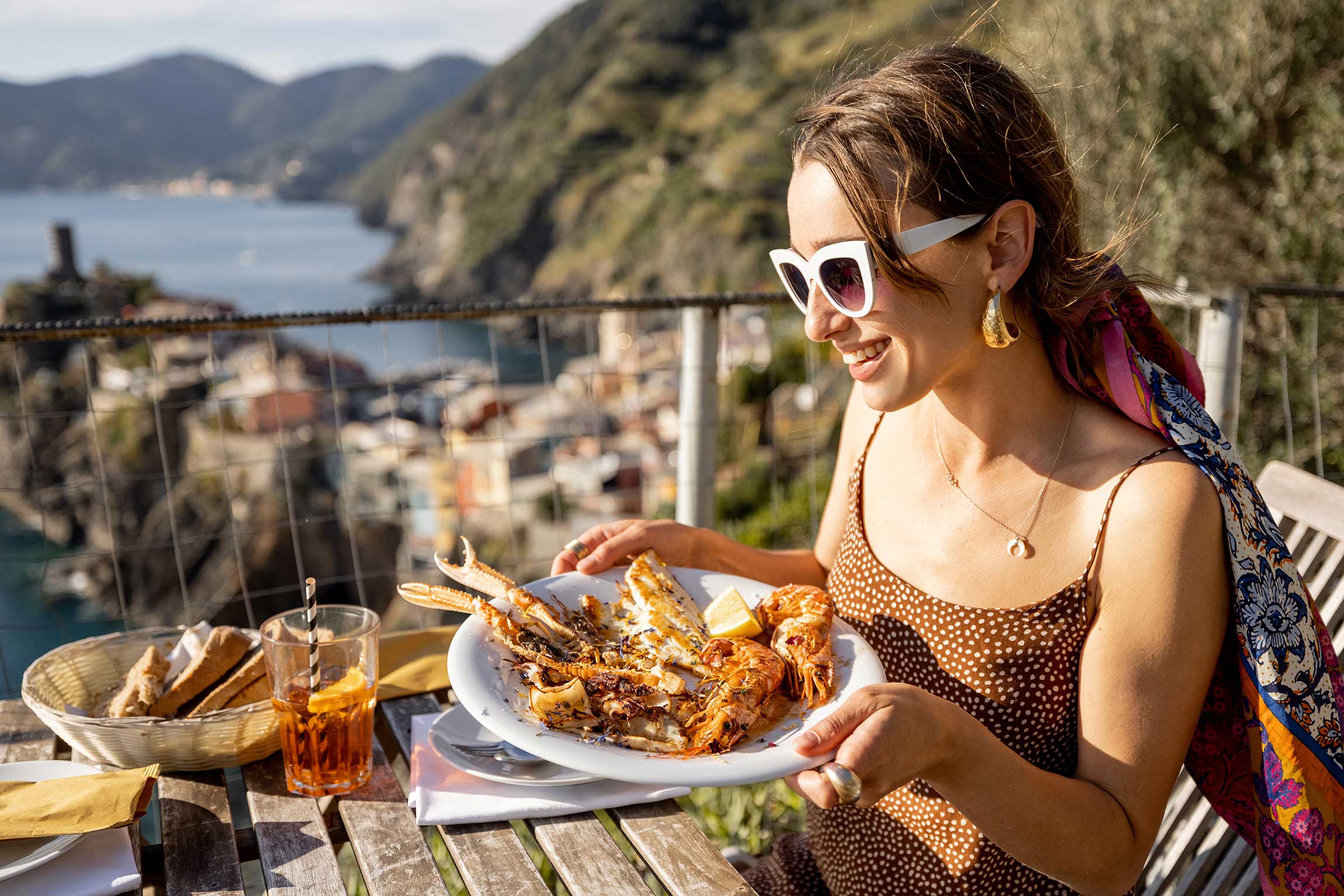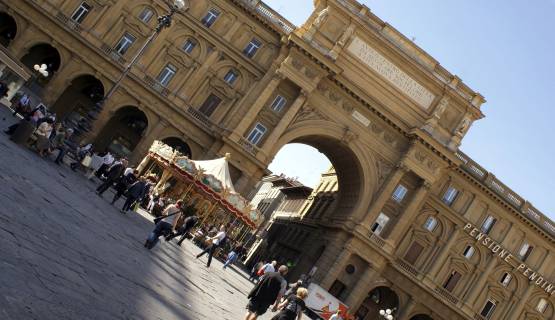An exquisite journey: the rise of culinary tourism in Italy
 Traveling to discover food is a new trend in tourism (Photo: Rosshelen/Shutterstock)
Traveling to discover food is a new trend in tourism (Photo: Rosshelen/Shutterstock)Ah, the perennial charm of Italy! Our land is steeped in history, art, and undeniably, it is a culinary paradise. But what could be better than enjoying scrumptious Italian food? Perhaps pairing it with fine wine and excellent company, all while exploring Italy’s scenic locales. How does that sound for a holiday experience: intriguing, right?
Well, a rapidly growing trend called culinary tourism offers just that – an immersive experience into the heart of Italian culture through its gastronomy. Culinary tourism, or as the Italians call it, turismo enogastronomico, refers to the exploration and experience of different food and beverage offerings in a particular region or country. Think about this: sauntering through local markets, sampling traditional dishes, participating in food festivals, and dining at renowned eateries. Each activity immerses you in a region’s gastronomic culture, allowing you to savor its unique flavors, ingredients, and culinary heritage.
Not so long ago, such delight was the privilege of a select few, mostly the affluent. However, thanks to the growing economic well-being and access to information, the trend has shifted.
According to recent data from the United Nations World Tourism Organization (UNWTO), culinary tourism in Italy is experiencing an unprecedented boom: today, more than half of Italians choose to indulge in memorable gastronomic experiences, with a growing trend of +12% compared to past years. Propelled perhaps by the pandemic and its restrictions, or by a sudden awakening of their taste buds, a whopping 92% of Italians have participated in culinary-themed trips or weekends in the last year. Wine was the king of all culinary holidays, with nearly 60% of our modern Epicureans traveling to enjoy its charms, against 20% preferring activities more related to regional cuisine.
Mind, though, these are not your casual vacationers: they are discerning travelers who, during their holidays, seek to enjoy multiple facets of the place they visit, bringing together art, culture, shopping, and excellent dining. These foodies select their destination carefully, based on wide and meticulously curated offerings and, through a combination of their own research and the use of social media, they are constantly on the hunt for unique flavors and pairings. And there is more, because satisfied modern gourmet tourists often not only recommend but tend to revisit their favorite spots, adding to the rising phenomenon of customer loyalty.
As reported by the Olive Oil Times in an article by Paolo De Andreis, “Italy’s gastronomic industry offers a unique assortment of experiences that tourists are unlikely to discover elsewhere.” An Italian olive oil producer, cited in the same article, further emphasizes this transformation, noting how “tourists are evolving, looking beyond mere sightseeing. They crave a genuine taste of local culture, with food and wine being integral parts of that experience.”
According to another article published in the Italian food magazine Le Vie del Gusto, this is not just an Italian trend but a global phenomenon. Food tourism has captivated around 40 million enthusiasts in the United States, with over 10 million in Italy, and these numbers continue to climb.
Another factor fueling this interest is the increased consciousness of the link between diet and health. Always according to Le Vie del Gusto, food has emerged not only as a medium of pleasure but also as a key component of personal well-being: if you look at it this way, it’s not so strange to see more people being interested in traditional, local flavors and produce. In other words, food has become a fundamental tool not only for pleasure but also for maintaining health, as confirmed by the rising consumption of organic foods.
Parallel to this evolution in food tourism is a shift in the broader tourist psyche. In an era of wide-reaching globalization and dynamic instability, tourists are gravitating toward authenticity over exoticism, they seek a connection with the essence of their destination. This shift is echoed in the words, reported by De Andreis, of Maria Paola Toschi, a culinary tourism expert and global marketing director at Grandi Marchi Institute, who emphasizes how modern food tourists seek a deep connection with the stories, producers, and traditions behind the food.
 Delicious prosciutto, a traditional culinary delight of our country (Photo: Tixtis/Dreamstime)
Delicious prosciutto, a traditional culinary delight of our country (Photo: Tixtis/Dreamstime)
But what prompted this shift from wild and adventurous destinations to culinary experiences close to home?
A major contributor is the media and social platforms that turned food into a trendy topic: young people developed a passion for culinary arts, and hotel management institutes are witnessing a surge in enrollments. And chefs have become celebrities and culinary heroes.
Indeed, Italian tourists, in recent years, have changed profoundly. In an era of immense globalization yet significant instability, travelers yearn to explore new horizons, focusing not on the exotic but rather on authentic experiences. Compelled by the surge in television programs and easy access to information, there is an emerging desire to rediscover proximal territories and traditional realities. In such a landscape, culinary tourism has taken a predominant place, guiding tourist preferences in selecting the final destination.
Unlike the curious travelers of the past, who journeyed in search of flavors and recipes to bring back as souvenirs, today’s gourmet tourism seeks complete aesthetic experiences involving place, culture, art, food, and history. This, dear readers, is a journey of the senses, an exploration of the soul of Italy through its food. So, welcome to the age of culinary tourism!






